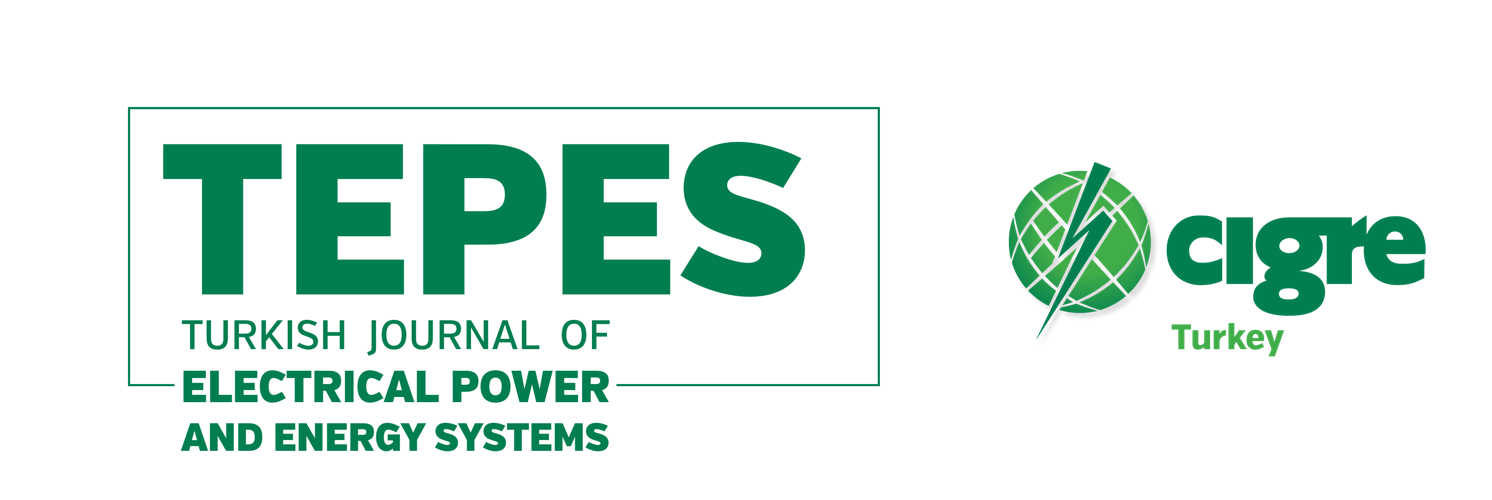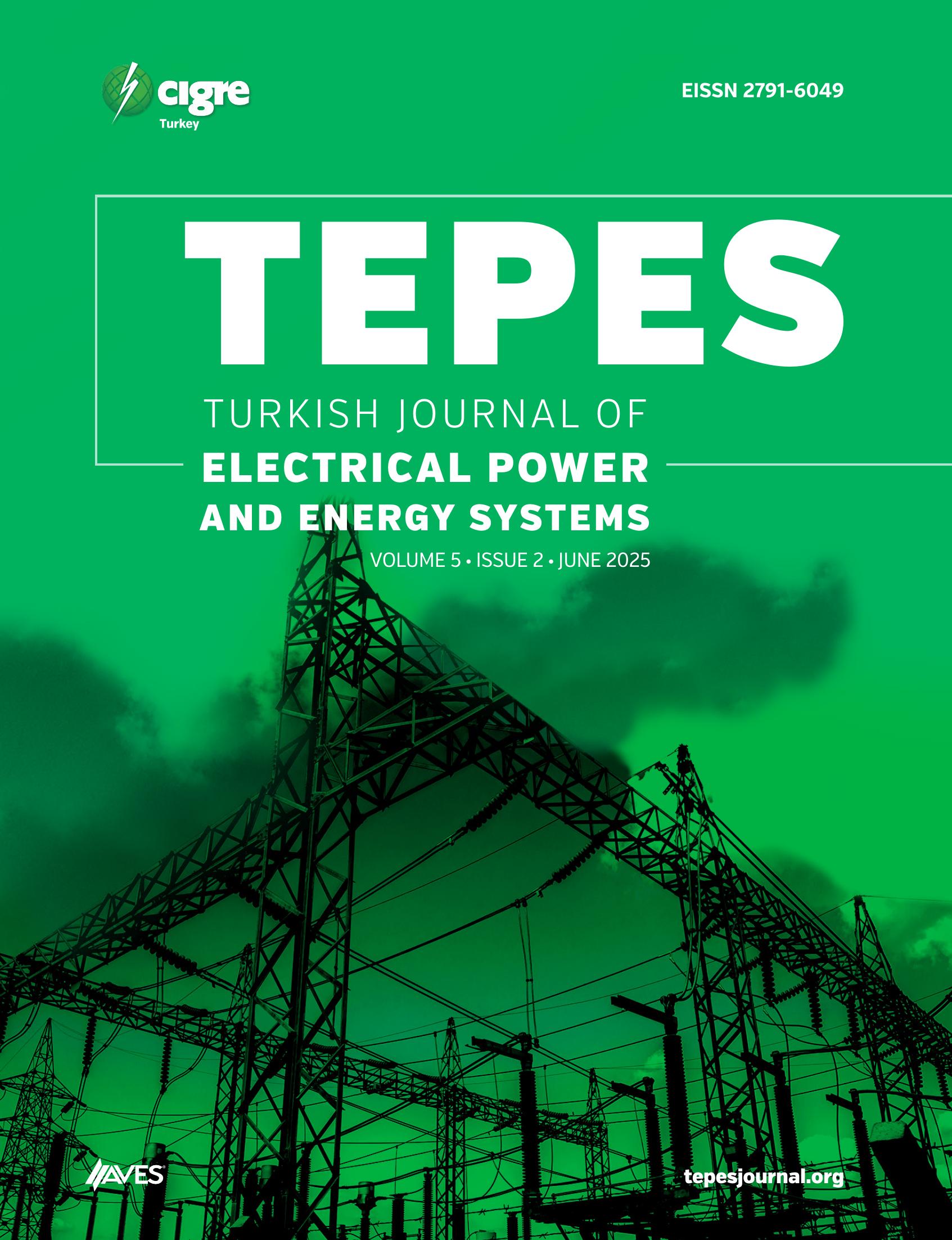The majority of the techno-economic studies in literature utilize the meteorological stations data or satellite data which generally underestimate the wind energy production potential. This leads to a low reliability in economic decisions. This study is unique in the sense that it uses real-site data which comes from an operating wind power plant and derives economical results based on this real-site data. The current data were obtained from 12 wind locations in Bursa, Turkey, at 10-min intervals, at 100-m hub height over 2 years. Weibull, turbulence, and power density parameters were calculated. Wind energy investigations were performed based on three alternative wind turbine types. High scale parameters (7.6-9.1) were observed in all locations. Low shape parameters (1.3-2.9) and high standard deviation resulted in high turbulence index (0.54 on average). Monthly mean wind speed varied between 4.6 and 11.7 m/s. The financial calculations show that the lowest levelized cost of energy (LCOE) belongs to the alternative with Goldwind turbine alternative. The models used for investment decision in this study have both macro- and microlevel implications. The political actors can require site-specific measurements from the wind project applications while economic actors should reshape their decision-making policies based on site-specific site measurements and alternative economic analysis such as LCOE.
Cite this article as: G. N. Güğül, G. Demirhan Başbilen and D. K. Baker, “Techno-economic analysis for wind energy projects: A comparative study with three wind turbines based on real-site data,” Turk J Electr Power Energy Syst., 2023; 3(3), 115-124.








